Coloquen a decenas de chicos en una escuela nueva en el sur de Los Ángeles, la primera en el Distrito Escolar Unificado de Los Ángeles (LAUSD) dedicada a varones. Ofrézcanles corbatas para anudar sobre un chaleco de suéter que porta sus nombres y el logo de la escuela, Boys Academic Leadership Academy (BALA). Llévenlos a la USC para mostrarles cómo es la universidad, y luego de regreso a clase. Todo eso, durante el primer día de clases.
Cualquier cosa podría suceder.
Un estudiante podría sentir que él no es lo suficientemente bueno como para estar allí. “¿Cuál es la razón para ponerme esta corbata?”, preguntó un alumno al profesor Tommy Johnson. “No lo merezco”. Johnson lo alentó y respondió: “Eres exactamente el tipo de chico que la necesita”.
Otro podría expresar alegría. Un niño de sexto grado, llamado Josh, comenzó a bailar en cuanto vio una cámara. Después de dejar de grabar, le preguntó a Johnson: “¿Acabo de pasar vergüenza?” (la respuesta del docente fue no).
Otro podría estar molesto porque su celular había sido confiscado; y volver a clase sólo cuando el jefe de policía del distrito le dijera que podía volver a comenzar su día.
Otro podría sentirse lo suficiente alienado con el nuevo entorno como para dejar el aula y tratar de escapar a través de la puerta principal.
Un pastor llamado Brian Davis, cuyo hijo asiste a BALA, estuvo atento para atrapar al chico que intentó huir. El muchacho le dijo a Davis que no tenía una figura paterna en casa y que rutinariamente se le había dicho que era tonto. Davis le aseguró que ahora pertenecía a BALA, y lo acompañó de regreso a clase, donde aceptó quedarse sólo luego de que Davis lo sujetara suavemente de un brazo y su maestro por el otro.
El LAUSD abrió una escuela para chichos después de que el año pasado inaugurara la escuela para mujeres Girls Academic Leadership Academyen Mid-City, en parte para cumplir con su interpretación de una reglamentación federal. Pero también una oferta inusual, que el distrito espera ayude en su lucha continua por recuperar la inscripción y los ingresos perdidos debido a las escuelas charter.
“El distrito intenta ofrecerles a los padres una oportunidad única que no pueden conseguir en las escuelas charter”, aseguró Tyrone Howard, profesor y decano asociado de equidad e inclusión en la facultad de educación e información de la UCLA. Pero “no solo debes decirlo; es necesario garantizar la calidad”, advirtió.
También hay que lograr que los estudiantes se inscriban, lo cual hasta ahora es un problema. La escuela, que comienza con los grados sexto y séptimo (con planes para eventualmente ampliarse a una escuela media), atrajo el martes a 87 estudiantes, 10 menos de los que se habían matriculado originalmente.
También va por su segundo director: Jeremy McDavid construyó el programa, pero en julio fue transferido a otra escuela, anteriormente dirigida por el actual director de BALA, Donald Moorer. El cambio ocurrió porque “los números eran bajos”, explicó George McKenna, el miembro de la junta escolar del LAUSD que presionó para crear BALA. McDavid, aseveró, no tuvo la culpa.
El cambio de liderazgo se ha notado. En una orientación llevada a cabo la semana pasada, Amber Banks, una de sólo tres padres o tutores presentes, preguntó por McDavid porque se había enterado acerca de la escuela por parte de él en una presentación realizada a una tropa de Boy Scouts.
Por su parte, Moorer señaló que estaba contento de heredar una escuela plenamente desarrollada. “Durante mi infancia, me habría beneficiado con este programa”, dijo.
BALA sigue el modelo de Eagle Academies, un grupo de escuelas exclusivas para varones en Nueva York. Rosemary Salomone, una profesora en la escuela de derecho de St. John’s University, quien escribió el libro “Same, Different, Equal: Rethinking Single-Sex Schooling”, aseguró estar impresionada por el ambiente comunal del sitio del Bronx, que da a los alumnos, “una imagen positiva de lo que significa ser un hombre afroamericano”.
Otros cuestionan la necesidad de estas escuelas. Sarah Bradshaw, directora política de la costa oeste de la Fundación de la Mayoría Feminista, remarcó que crear una escuela sólo para varones, enfocada en los principios STEM, sólo amplía la brecha entre hombres y mujeres representada en esos campos. “¿Cómo podemos ponerlos al corriente cuando los recursos adicionales son desviados para apoyar la educación de los varones?”, se preguntó.
La superintendente del LAUSD, Michelle King, afirmó en una entrevista que los chicos del sur de Los Ángeles también están insuficientemente representados en las áreas STEM. “Existes diferentes tipos de subrepresentación”, dijo. “Hay una brecha de género, y hay una brecha de minorías”.
Cada día en BALA iniciará con una asamblea escolar, en donde los alumnos podrán derramar “libaciones”. Los chicos también recitarán el poema “Invictus” de William Ernest Henley: “yo soy el amo de mi destino: yo soy el capitán de mi alma”.
El martes pasado, Moorer invitó a los funcionarios del distrito a unirse a sus estudiantes en libaciones, que consiste en regar un árbol en maceta y expresar gratitud. Los chicos también recitan el poema “Invictus”, de William Ernest Henley: “Soy el maestro de mi destino; soy el capitán de mi alma”.
“Mi libación es la gratitud”, afirmó King. “Ustedes son pioneros en este trabajo”.
Moorer les dijo a los padres de familia durante la orientación que quería crear una cultura en la cual las respuestas correctas sean recompensadas y donde los estudiantes se sientan cómodos al reconocer aquello que desconocen. Cada salón de clases tendrá una “pizarra de errores”, en donde un alumno podrá ofrecer su “error del día”, explicó.
La escuela, continuó, estará dividida en cuatro casas, las cuales competirán por puntos y premios con base al carácter. Los chicos que se porten mal o tengan problemas no serán suspendidos. En cambio, se enfrentarán a un tribunal o un “círculo de intervención” para discutir las causas de raíz.
También habrá un programa de mentores, un catálogo digital del trabajo de los estudiantes, una iniciativa para enseñar a los alumnos a ser conscientes de la forma en que piensan y procesan la información. Cada estudiante tomará clases de música y considerará más temprano la universidad -por ello visitaron la USC en el primer día de clases-. Los alumnos de octavo grado eventualmente serán capaces de ganar créditos universitarios en el cercano Middle City College. Los chicos tendrán un descanso diario de bienestar, un período por la tarde para recargar energías a través de la práctica de Tai Chi, yoga o meditación.
Christina Fuller, una madre de Willowbrook a quien le gustó tanto el argumento de Moorer que decidió enviar a su hijo a BALA, espera que su hijo, Robert, continúe socializando con las niñas. “Estar solo con chicos es una idea genial”, afirmó. “Pero tal vez eso sólo sea una visión idealizada y romántica de la educación”.
Los chicos manifestaron sus propias razones para asistir a la nueva escuela. Jamion Brown, de 11 años, quien se transfirió desde una escuela privada, aseguró que quiere ser piloto de NASCAR. “Puedo aprender codificación e ingeniería aquí”, expresó. “Puedo aprender todo sobre los carros o los motores. Puedo construir mis propios autos”.

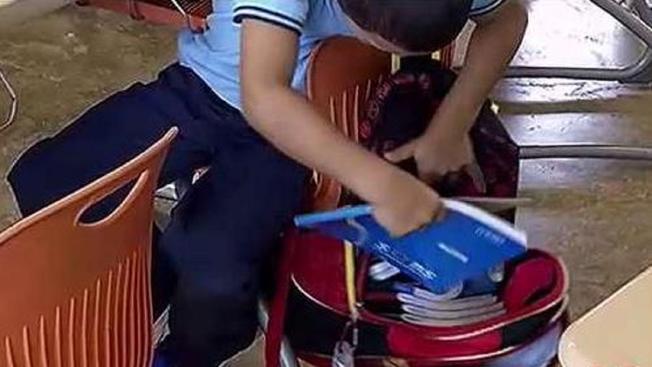

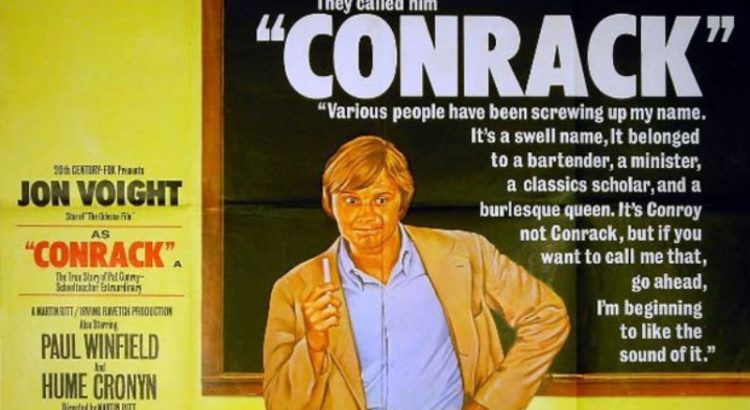
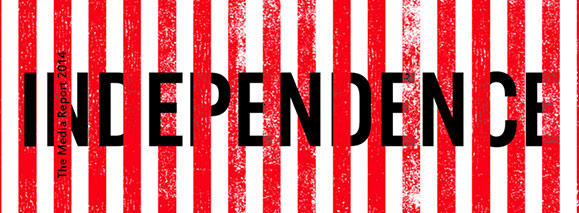
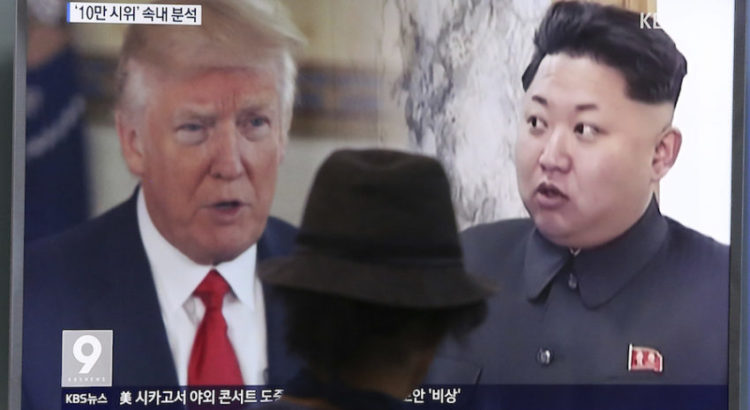
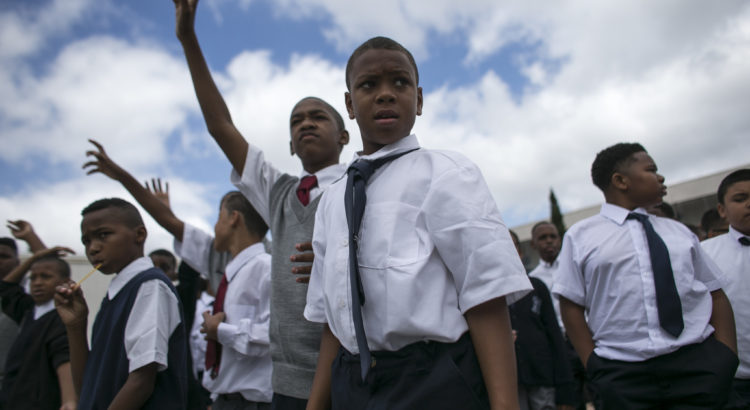
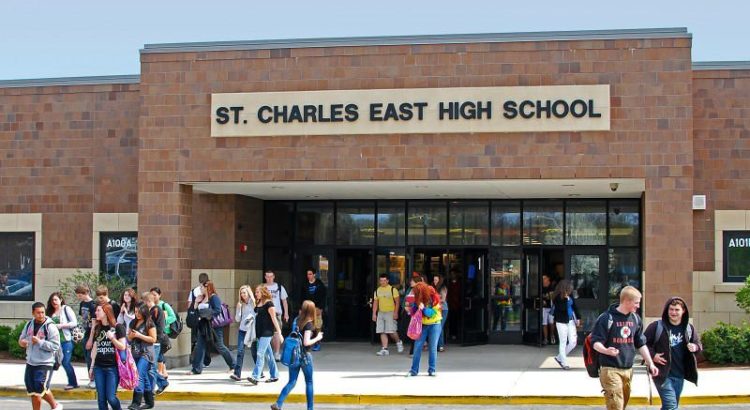





 Users Today : 17
Users Today : 17 Total Users : 35461353
Total Users : 35461353 Views Today : 44
Views Today : 44 Total views : 3421755
Total views : 3421755